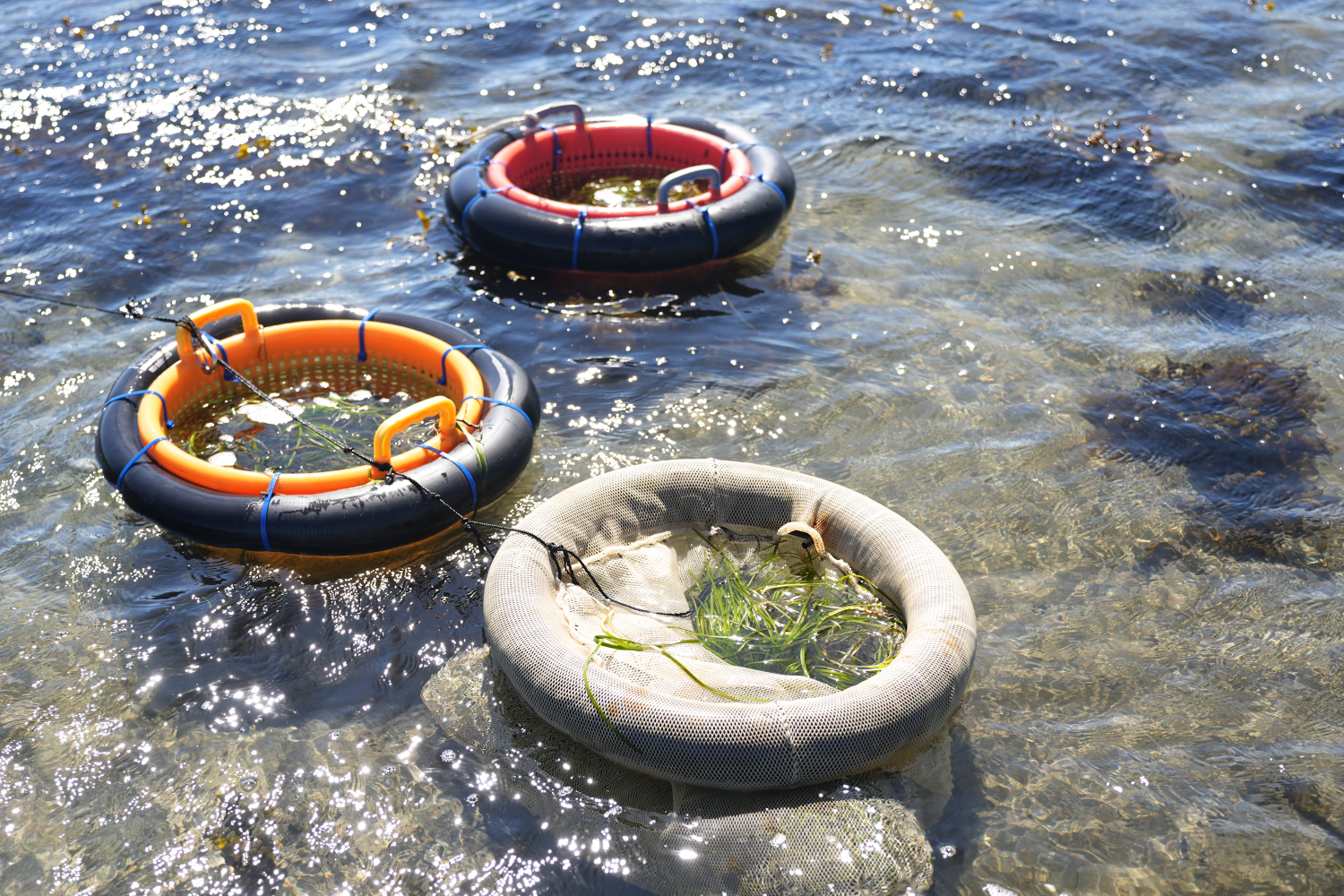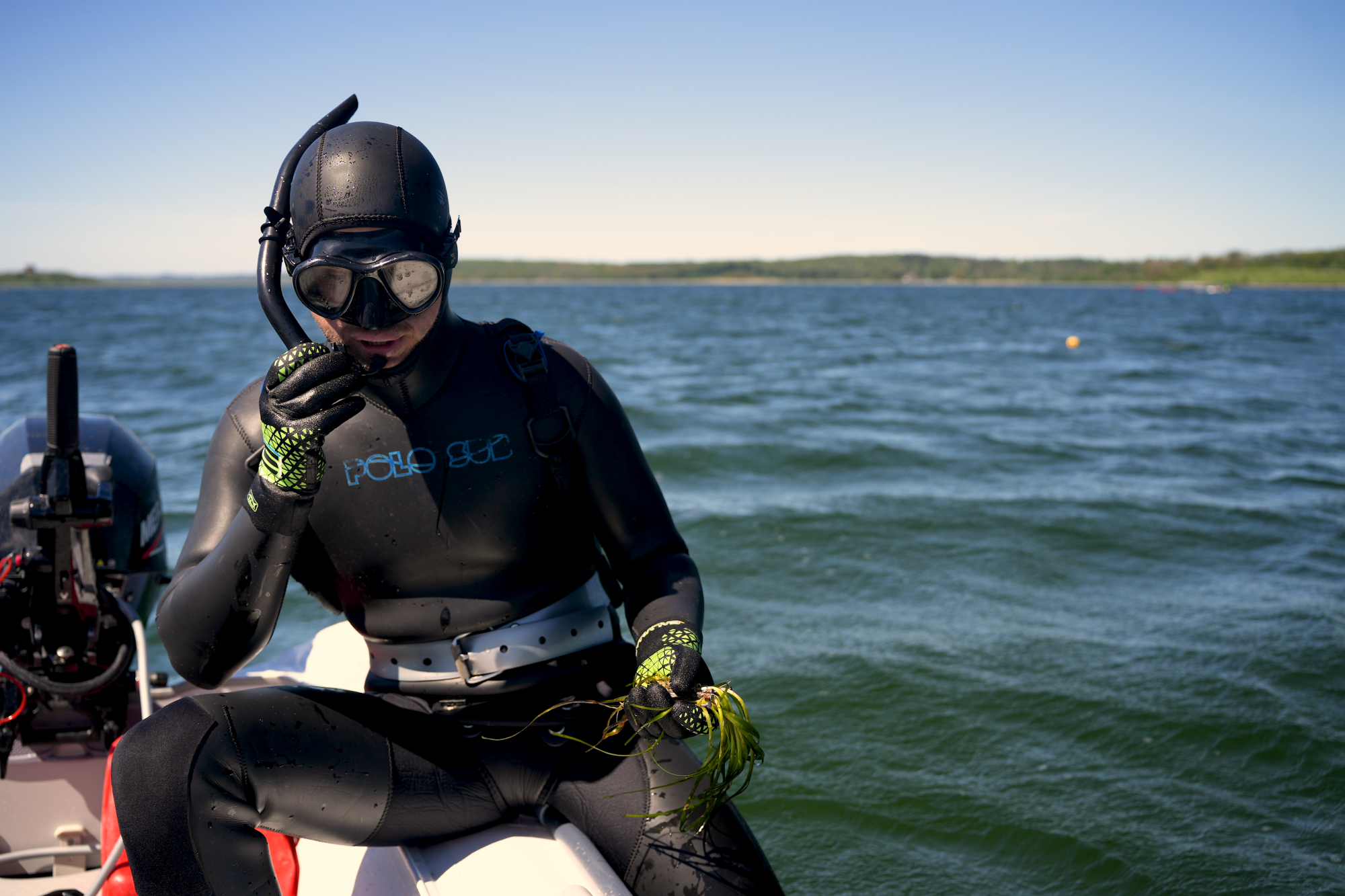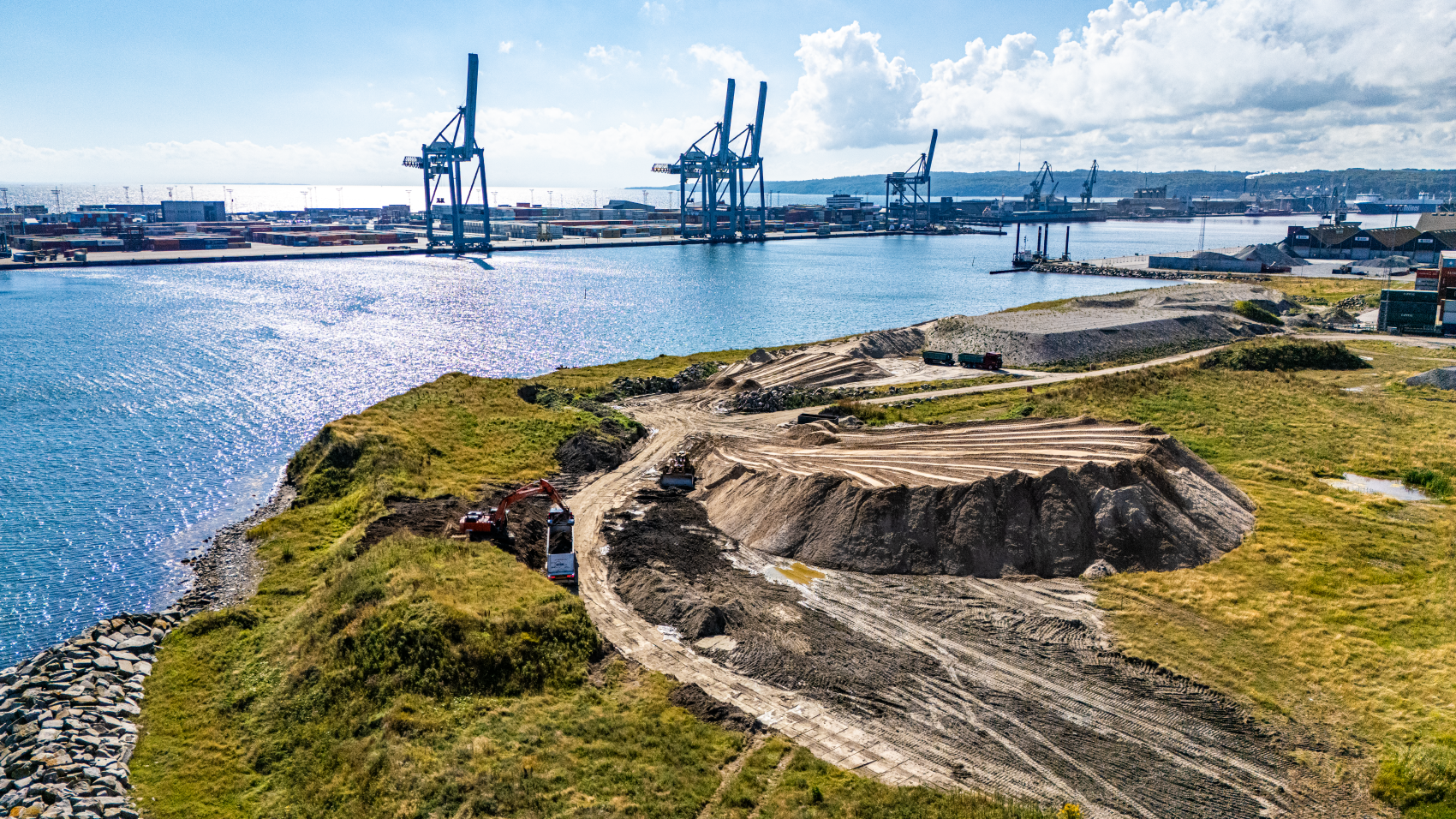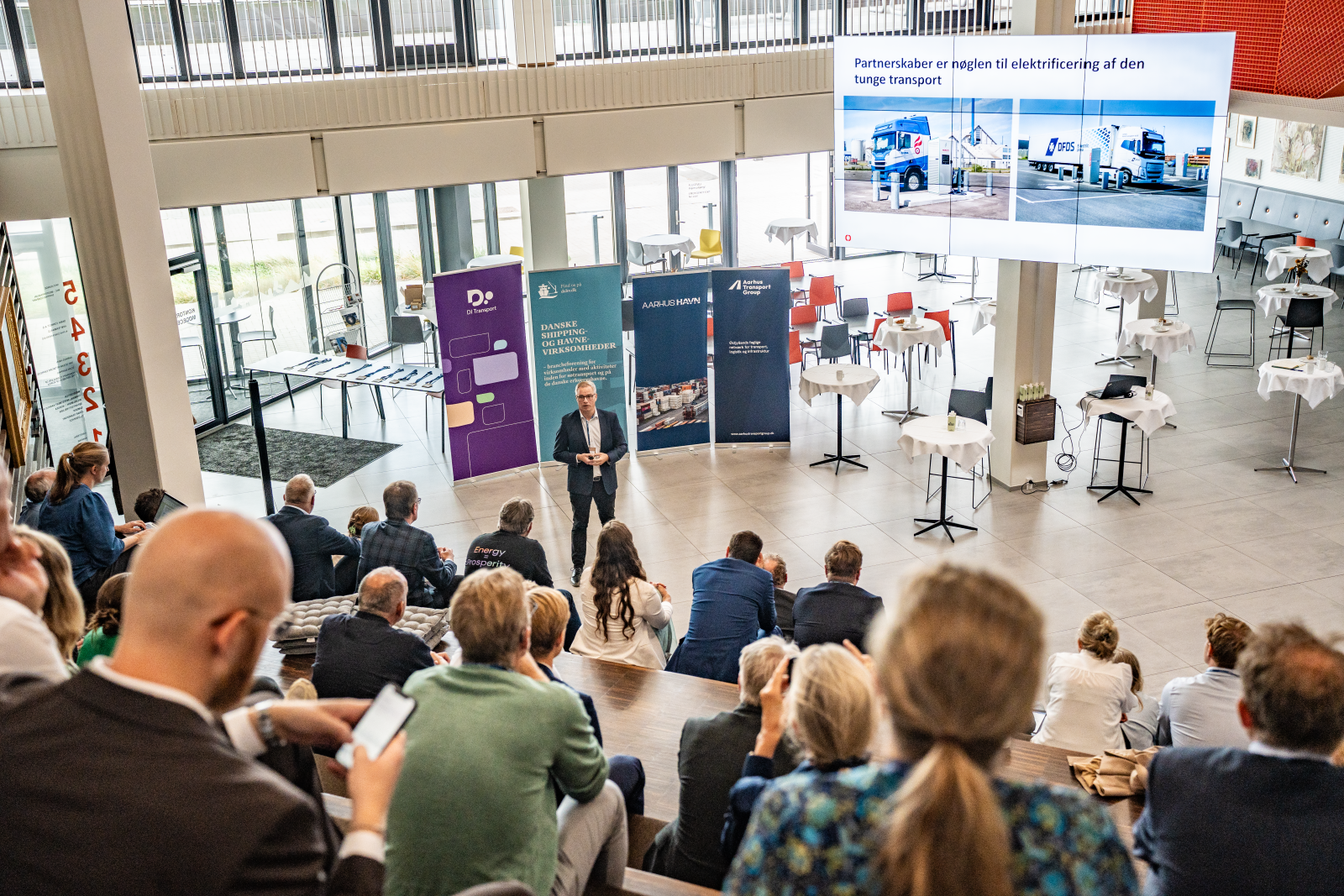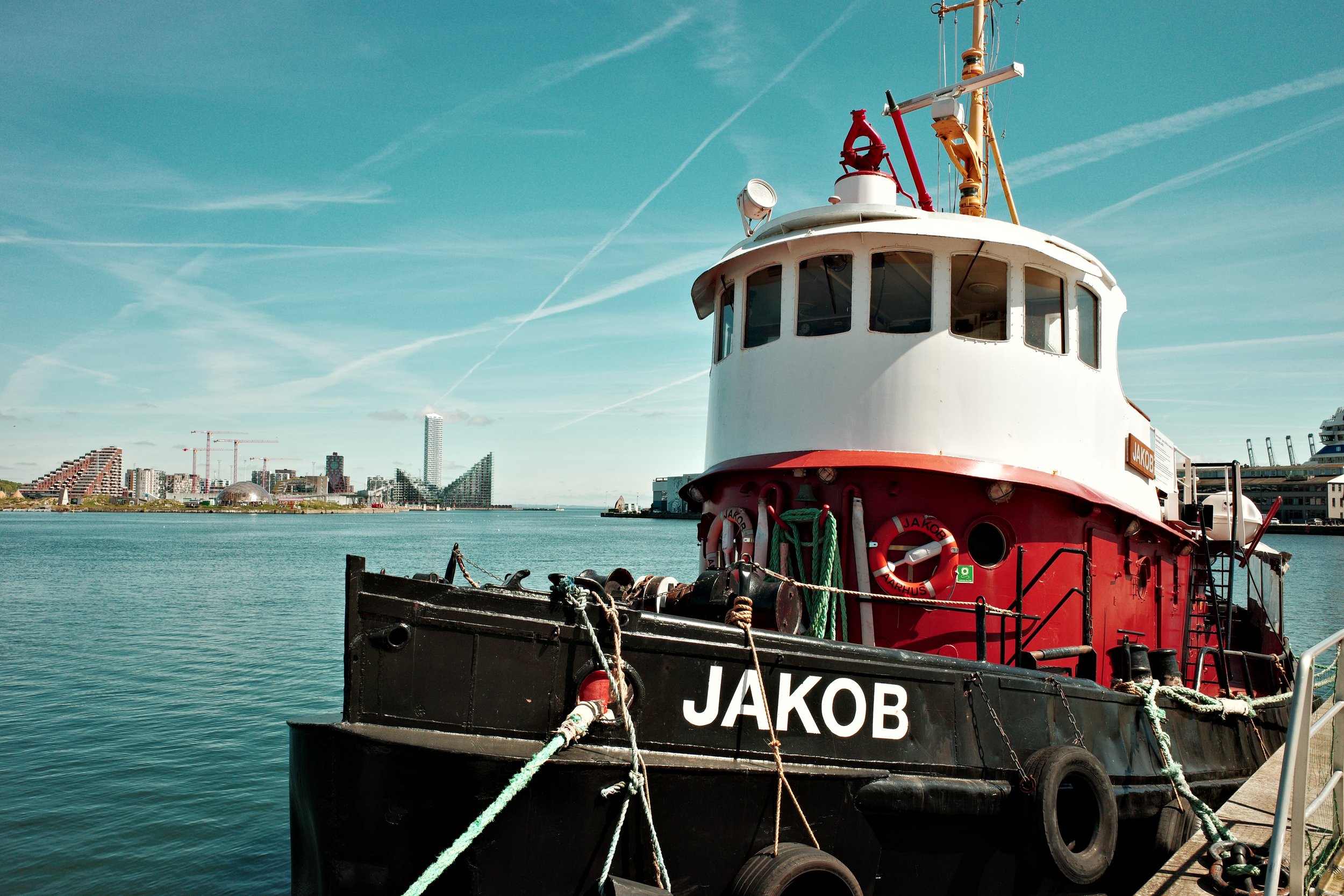11/7/2025
The Port of Aarhus and the University of Southern Denmark continue to plant: The eelgrass shows signs of life
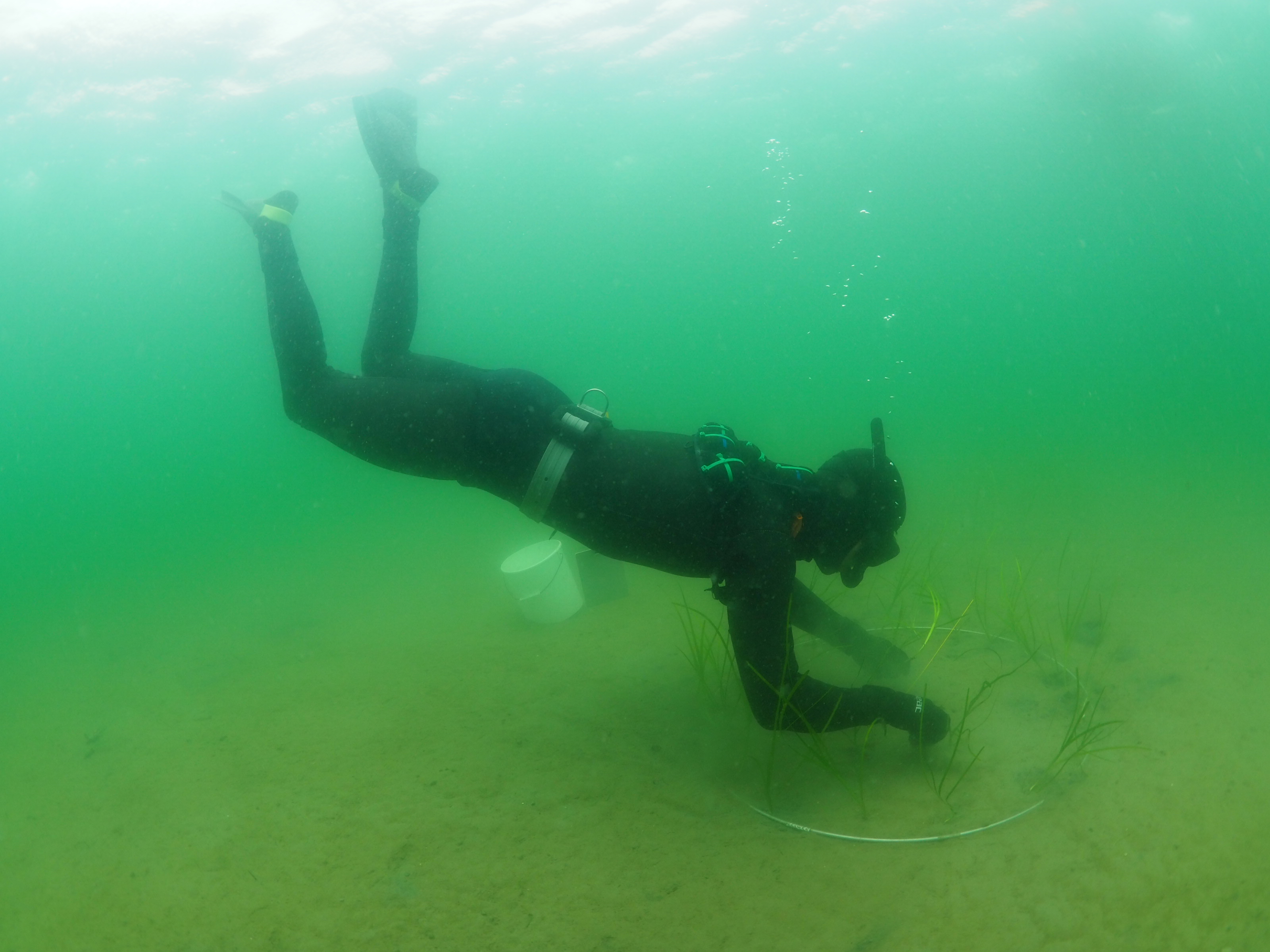
Just over a year ago, the Port of Aarhus and the University of Southern Denmark began a research project aimed to help underwater nature in the Bay of Aarhus. Five sites planted eelgrass, and since then scientists have been watching to see where and how it performs best.
One of the places has stood out in particular positively: Begtrup Vig. Here, the researchers have been planting eelgrass out every month since March to test when it produces the best results.
Although some plants died at first, new ones have appeared later, and these are good signs. Small fish, shrimp, snails and other small animals have also moved into the grass. As long as the eelgrass grows, so does life,
says Rune Steinfurth, Assistant Professor at the Department of Biology, University of Southern Denmark.
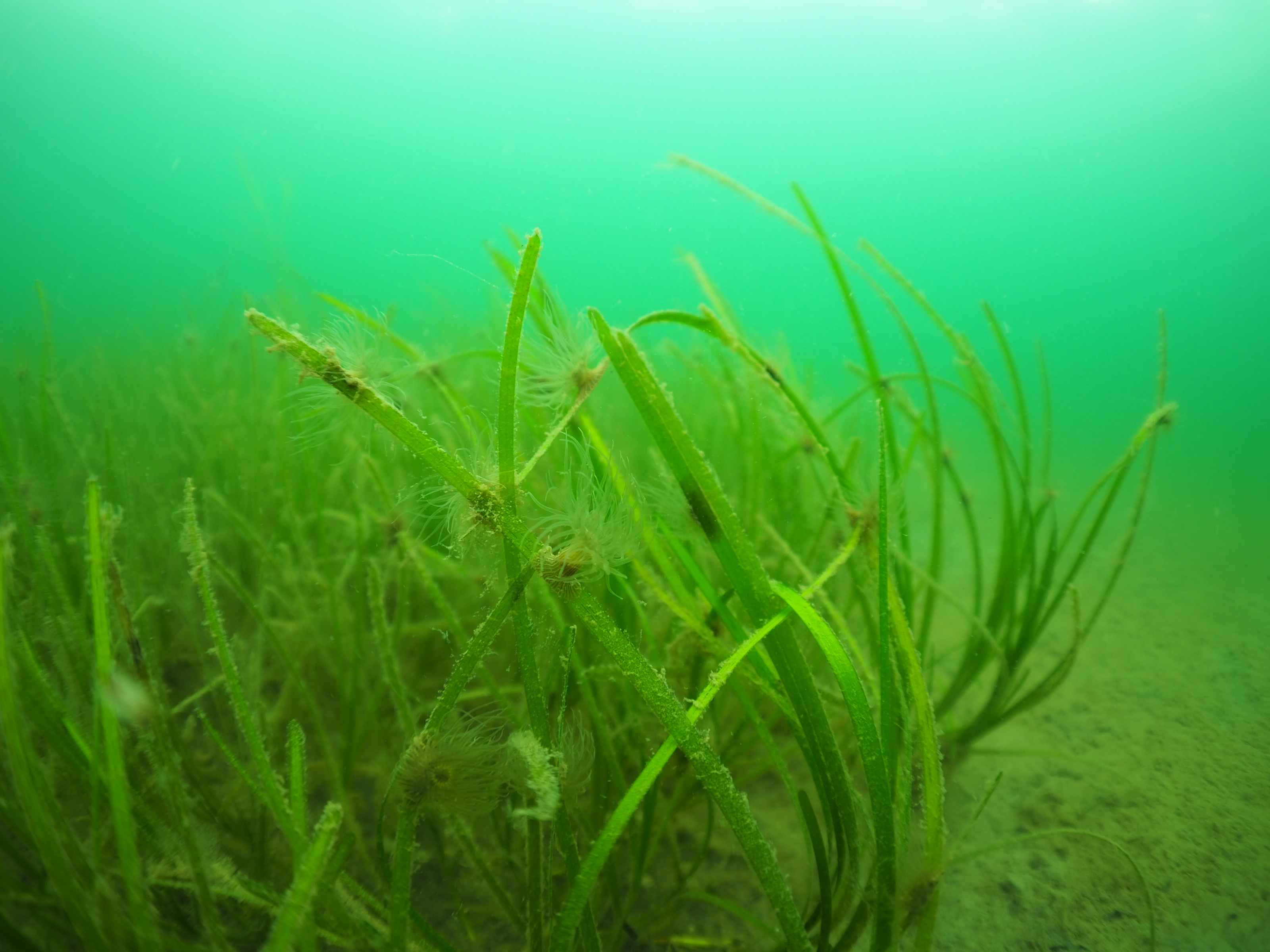
Because in the long term, the aim is for the eelgrass to be planted out on a large scale to create underwater oases where the plant can naturally spread from.
In addition to being good breeding grounds for small fish and shellfish, eelgrass also binds nitrogen, which is one of the major problems for life in the bay.
I am proud that the Port of Aarhus can contribute by funding projects like this. It's a great example of how we can work together across the board to strengthen biodiversity. As Denmark's largest commercial port, we are a link between land and water, and this obliges,
says Anne Zachariassen, COO at Port of Aarhus
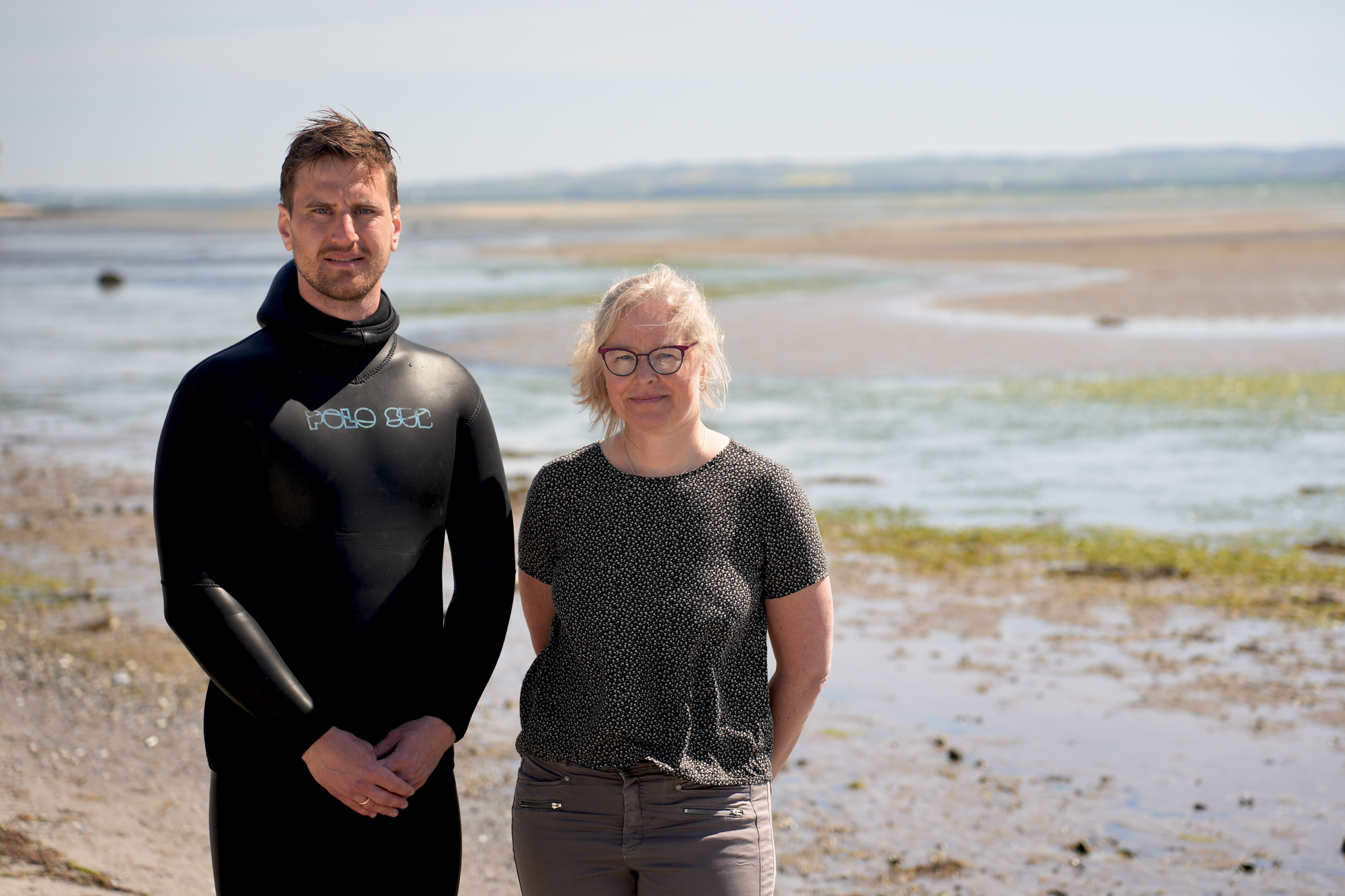
Although the planting at Begtrup Vig is going well, the sky is not exactly the limit.
The other planting sites look less good, and the bay's marine environment is having a hard time.
It's a bit of a challenge what it is for some factors that make them not do so well in other places. We try to become smarter about this by measuring oxygen and light, taking water samples and a general monitoring of the pressure factors. The main problem remains that there is too high emission of nitrogen from land. It comes primarily from agriculture, says Rune Steinfurth.
Nevertheless, the biologist sees reason for cautious optimism.
The water has actually been quite clear when we have been out in the bay of Aarhus. This is better than we thought, and I am confident that the project will bear fruit. Maybe not tomorrow, but in the long run,
says Rune Steinfurth.
The project runs until 2030, and in the second year that has just been started, eelgrass will be planted in three to five additional locations.
